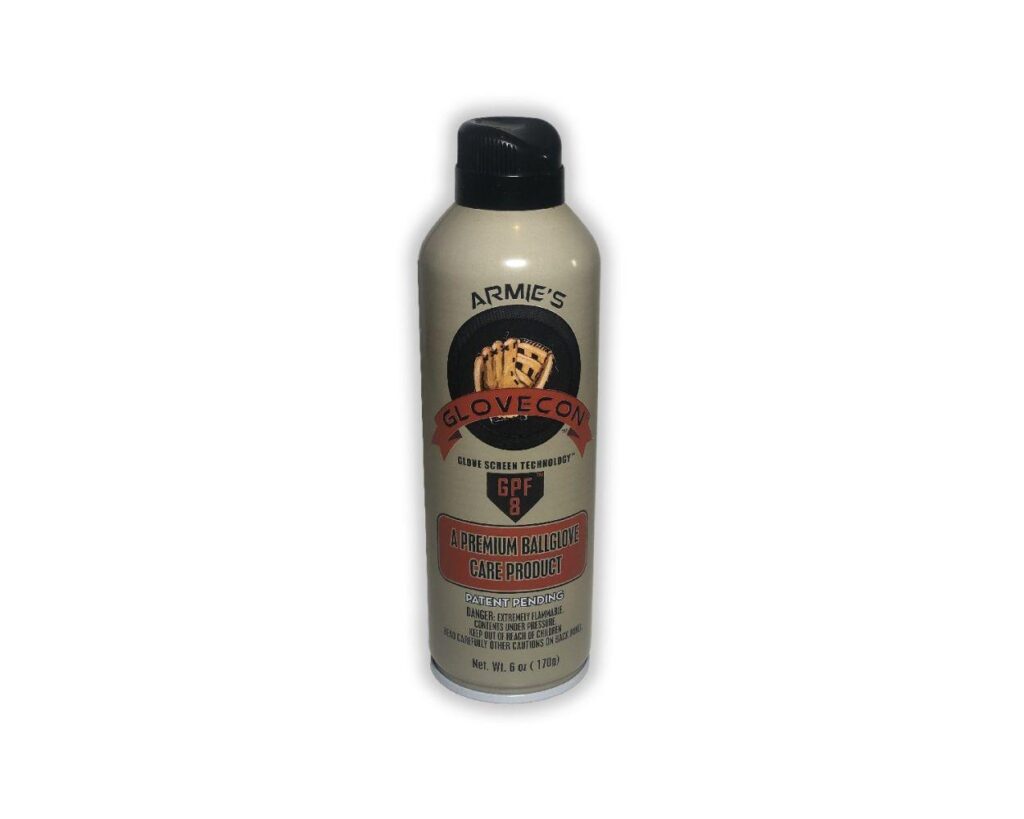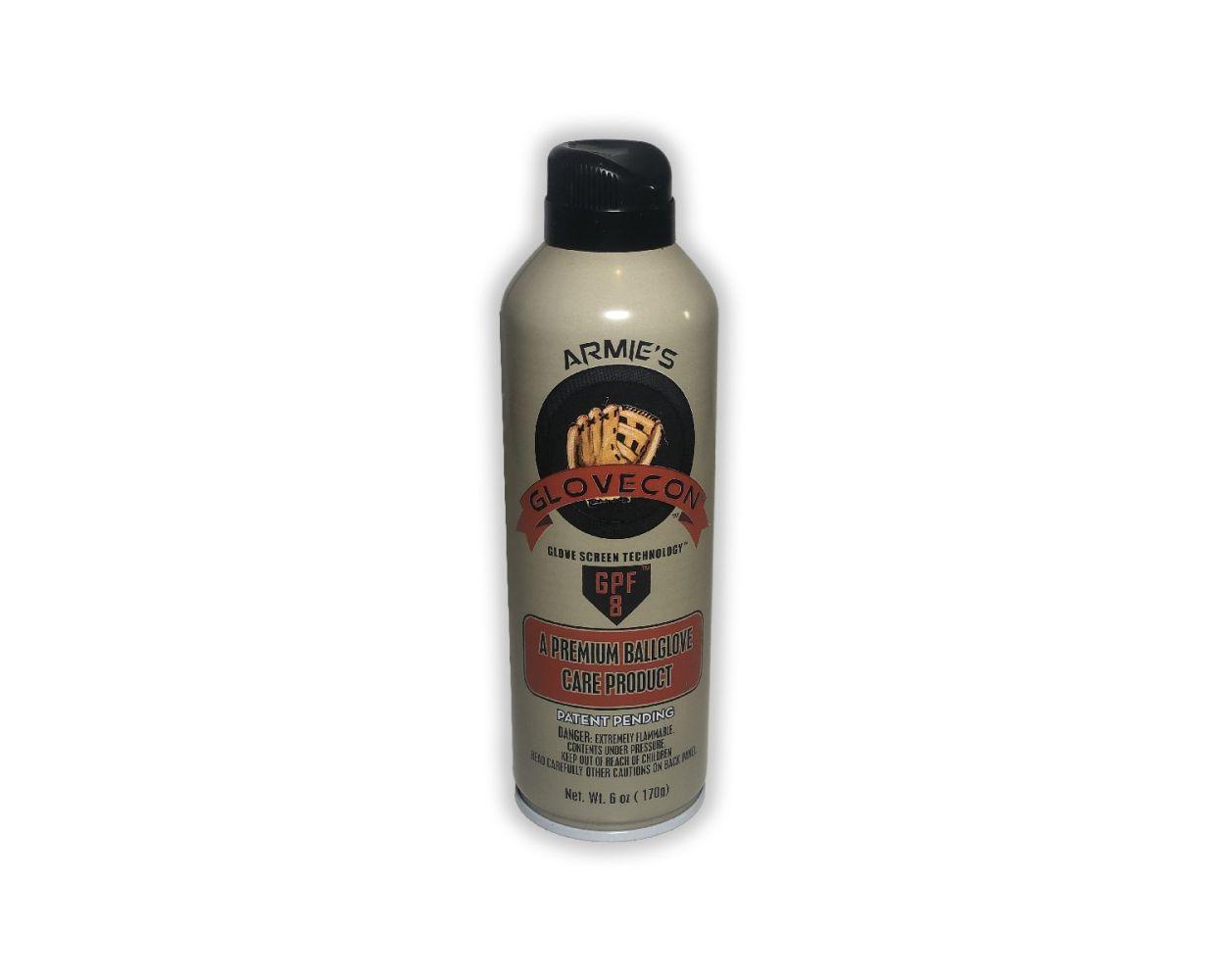
Unveiling the Mystery: What Does Glove Conditioner Do?
In the realm of sports, work, and even fashion, gloves are indispensable. Whether it’s a baseball mitt, a pair of leather work gloves, or a stylish accessory, these hand coverings endure significant wear and tear. Over time, they can become stiff, cracked, and less effective. This is where glove conditioner steps in, promising to revitalize and prolong the life of your valuable hand protection. But what exactly does glove conditioner do, and why is it so important? This article delves into the specifics, exploring the benefits, applications, and considerations surrounding this essential product.
The primary function of a glove conditioner is to maintain the flexibility and suppleness of the material, most commonly leather. Leather, a natural material, is susceptible to drying out, cracking, and losing its shape when exposed to the elements, repeated use, and fluctuating temperatures. Glove conditioner acts as a moisturizer, replenishing the natural oils that are lost over time. This process helps to prevent the leather from drying out, extending the lifespan of the glove and ensuring it remains comfortable and effective.
The Science Behind Glove Conditioning
Understanding what glove conditioner does requires a basic grasp of how leather behaves. Leather is essentially animal hide that has been tanned, a process that stabilizes the collagen fibers and makes the material durable. However, even tanned leather can lose its moisture content, leading to the problems mentioned earlier. Glove conditioner typically contains a blend of oils, waxes, and sometimes other ingredients like lanolin or mink oil, each playing a specific role in restoring and protecting the leather.
The oils in the conditioner penetrate the leather fibers, replenishing the natural oils that have evaporated. This helps to maintain the leather’s flexibility, preventing it from becoming stiff and brittle. Waxes, on the other hand, provide a protective barrier on the surface of the leather, shielding it from water, dirt, and other environmental factors. This barrier also helps to slow down the loss of moisture, further extending the life of the glove. The specific formulation of a glove conditioner varies depending on the intended use and the type of leather it is designed for, but the core principles remain the same.
Benefits of Using Glove Conditioner
The advantages of using glove conditioner are numerous and extend beyond simply maintaining the appearance of the glove. Regular conditioning offers several key benefits:
- Extends Lifespan: The most significant benefit is the extension of the glove’s lifespan. By preventing drying and cracking, the conditioner helps the leather last longer, saving you money in the long run.
- Maintains Flexibility: A well-conditioned glove remains flexible and comfortable to use. This is particularly important for sports gloves, where flexibility is crucial for performance.
- Enhances Grip: Proper conditioning can improve the grip of the glove, especially for sports gloves. The conditioner helps to maintain the tackiness of the leather surface.
- Protects Against the Elements: Glove conditioner provides a protective barrier against water, dirt, and other environmental factors that can damage the leather.
- Restores Appearance: Conditioning can help to restore the original look and feel of the glove, making it look newer and more appealing.
In short, what glove conditioner does is contribute significantly to the longevity, performance, and aesthetic appeal of your gloves.
Types of Glove Conditioner and Their Applications
The market offers various types of glove conditioners, each formulated for specific leather types and applications. Understanding the differences between these products is crucial for choosing the right one for your needs.
- Leather Conditioners: These are the most common type of conditioner, designed for use on various types of leather, including cowhide, steerhide, and goatskin. They typically contain a blend of oils, waxes, and other ingredients to moisturize and protect the leather. These are often a good all-around choice.
- Mink Oil Conditioners: Mink oil is a natural oil derived from mink fat and is known for its excellent moisturizing properties. Mink oil conditioners are particularly effective for restoring dry and cracked leather. They tend to be more heavy-duty and are often used on work gloves or gloves exposed to harsh conditions.
- Neatsfoot Oil Conditioners: Neatsfoot oil is a byproduct of the cattle industry and is another popular ingredient in leather conditioners. It is known for its ability to penetrate deeply into the leather fibers, making it an effective moisturizer. Neatsfoot oil conditioners are often used on baseball gloves and other sports equipment.
- Specialty Conditioners: Some conditioners are specifically designed for certain types of leather, such as suede or nubuck. These products are usually formulated with lighter oils and may contain other ingredients to maintain the unique texture of these materials.
Always read the manufacturer’s instructions carefully before applying any glove conditioner. Different products may have different application methods and drying times.
How to Apply Glove Conditioner
Proper application is just as important as choosing the right conditioner. Following these steps will help you get the most out of your conditioning treatment:
- Clean the Glove: Before applying conditioner, clean the glove to remove any dirt, dust, or debris. Use a soft cloth or brush to gently wipe the surface. For stubborn dirt, you can use a mild soap and water solution, but make sure to let the glove dry completely before conditioning.
- Apply the Conditioner: Apply a small amount of conditioner to a clean cloth or applicator. Avoid applying the conditioner directly to the glove.
- Rub it In: Gently rub the conditioner into the leather, using circular motions. Ensure you cover the entire surface of the glove, paying particular attention to areas that are dry or cracked.
- Allow it to Absorb: Allow the conditioner to absorb into the leather for the recommended time, usually indicated on the product label. This can range from a few minutes to several hours.
- Wipe Away Excess: After the absorption time, wipe away any excess conditioner with a clean cloth.
- Buff the Glove: For some conditioners, you may need to buff the glove with a clean cloth to remove any remaining residue and to enhance the shine.
The frequency of conditioning depends on the type of glove, how often it is used, and the environmental conditions it is exposed to. Generally, conditioning gloves every few months or whenever they start to feel dry or stiff is a good practice. For gloves used frequently or exposed to harsh conditions, more frequent conditioning may be necessary. Understanding what glove conditioner does involves understanding the maintenance cycle of the glove.
Misconceptions and Considerations
There are several misconceptions surrounding glove conditioning. It’s important to address these to ensure you are using the product effectively.
- Over-Conditioning: Applying too much conditioner can actually be detrimental to the leather. It can lead to a build-up of oils and waxes, making the glove too soft and potentially affecting its performance. Always follow the manufacturer’s instructions and use only a small amount of conditioner.
- Using the Wrong Product: Not all conditioners are created equal. Using the wrong type of conditioner can damage the leather. Always choose a conditioner that is specifically designed for the type of leather your glove is made from.
- Conditioning as a Cure-All: While glove conditioner can work wonders, it cannot completely repair severely damaged gloves. If a glove is heavily cracked or torn, it may be beyond repair. Conditioning is best used as a preventative measure.
Furthermore, consider the following when choosing and using a glove conditioner:
- Leather Type: Different leathers react differently to conditioning. Always check the glove’s label or manufacturer’s recommendations.
- Climate: Gloves in dry climates may need more frequent conditioning than those in humid environments.
- Usage: Gloves used frequently or in harsh conditions will require more care.
Conclusion: Understanding the Role of Glove Conditioner
In conclusion, what glove conditioner does is provide essential care for your gloves. It moisturizes the leather, maintains its flexibility, protects it from the elements, and extends its lifespan. By understanding the benefits, types, and application methods of glove conditioner, you can ensure that your gloves remain in top condition for years to come. Regular conditioning is a small investment that can save you money and ensure you always have a comfortable and effective pair of gloves ready for action. Whether you’re a professional athlete, a dedicated worker, or simply someone who appreciates quality handwear, incorporating glove conditioning into your maintenance routine is a wise decision. The answer to “what does glove conditioner do?” is simple: it protects and preserves, ensuring your gloves perform at their best.
[See also: Related Article Titles]


